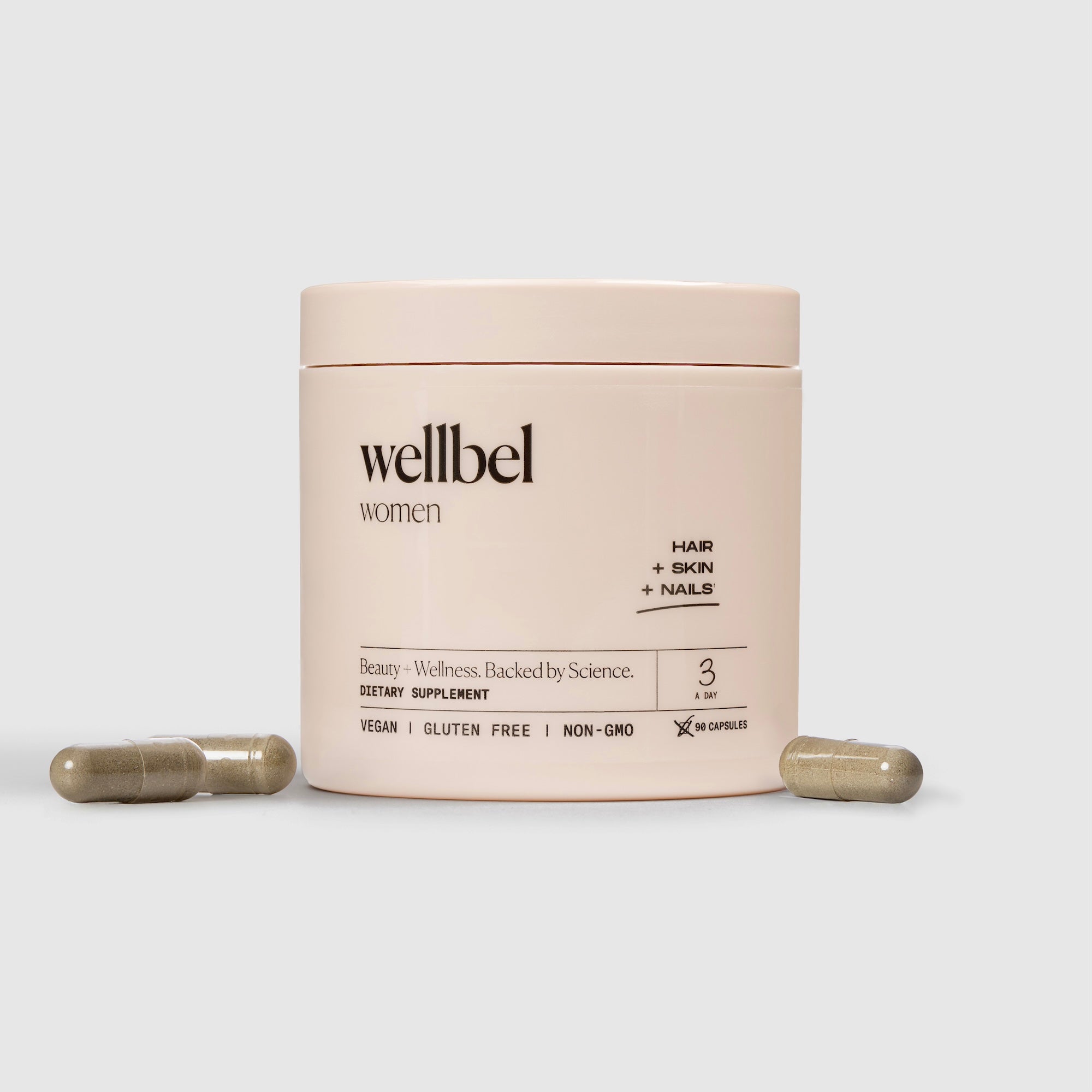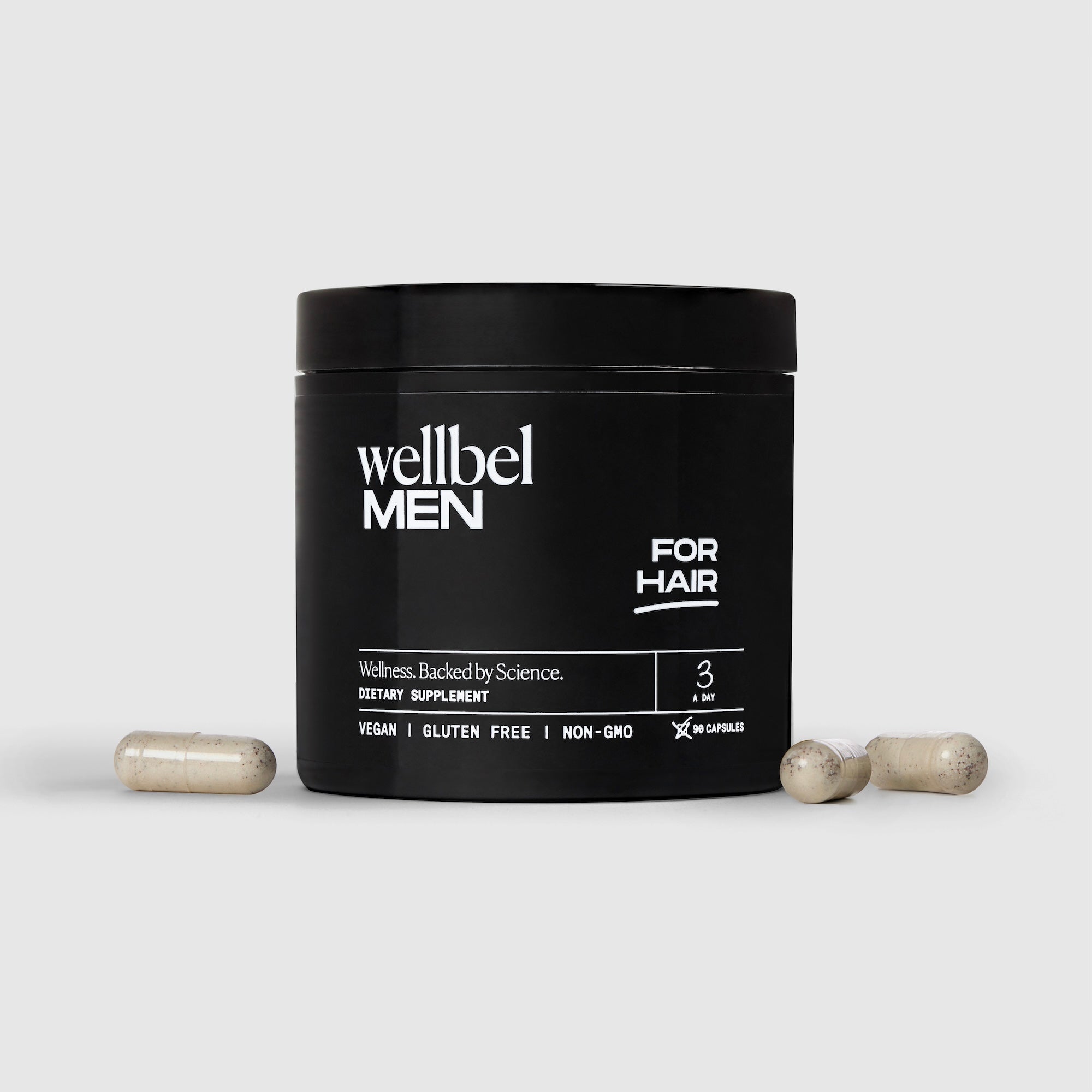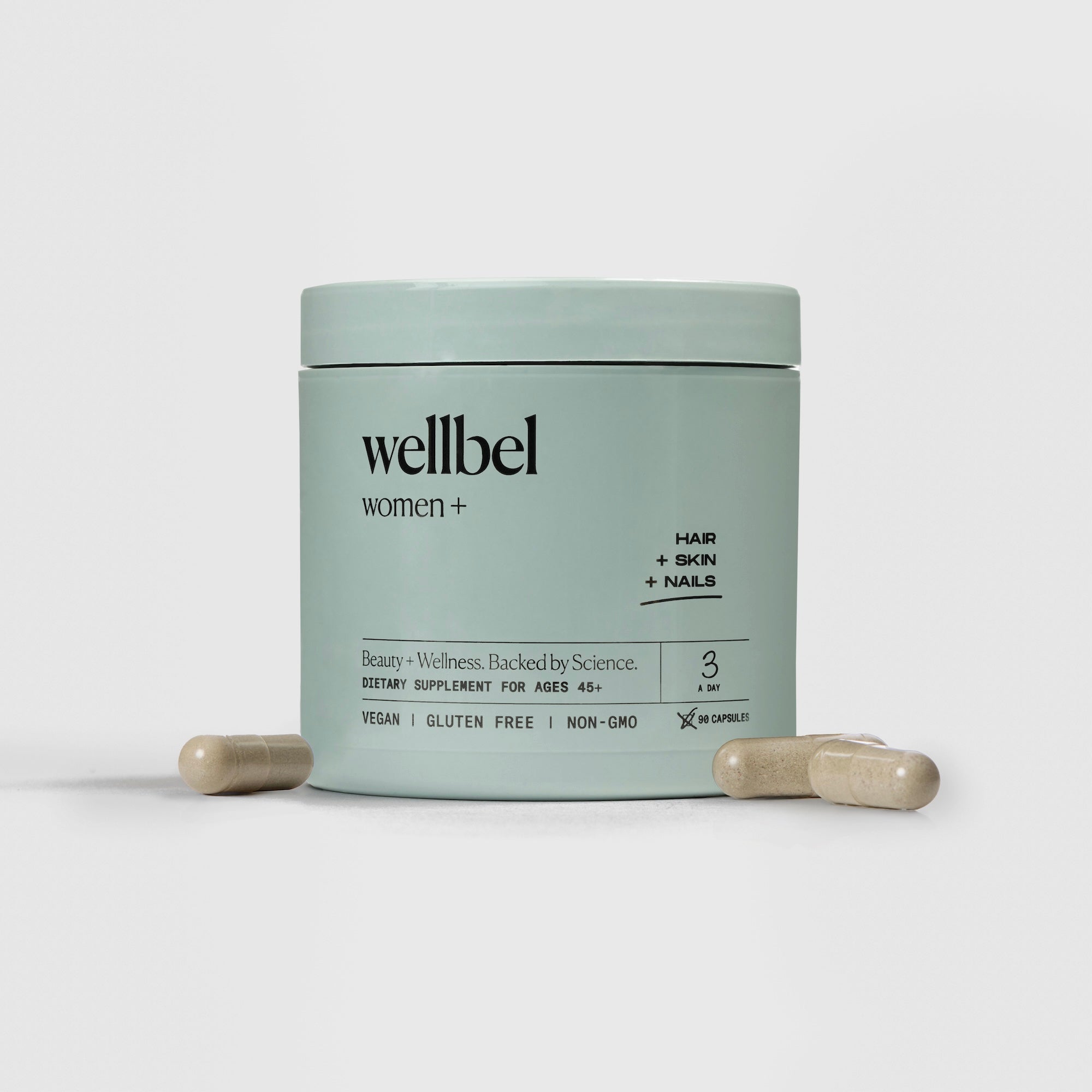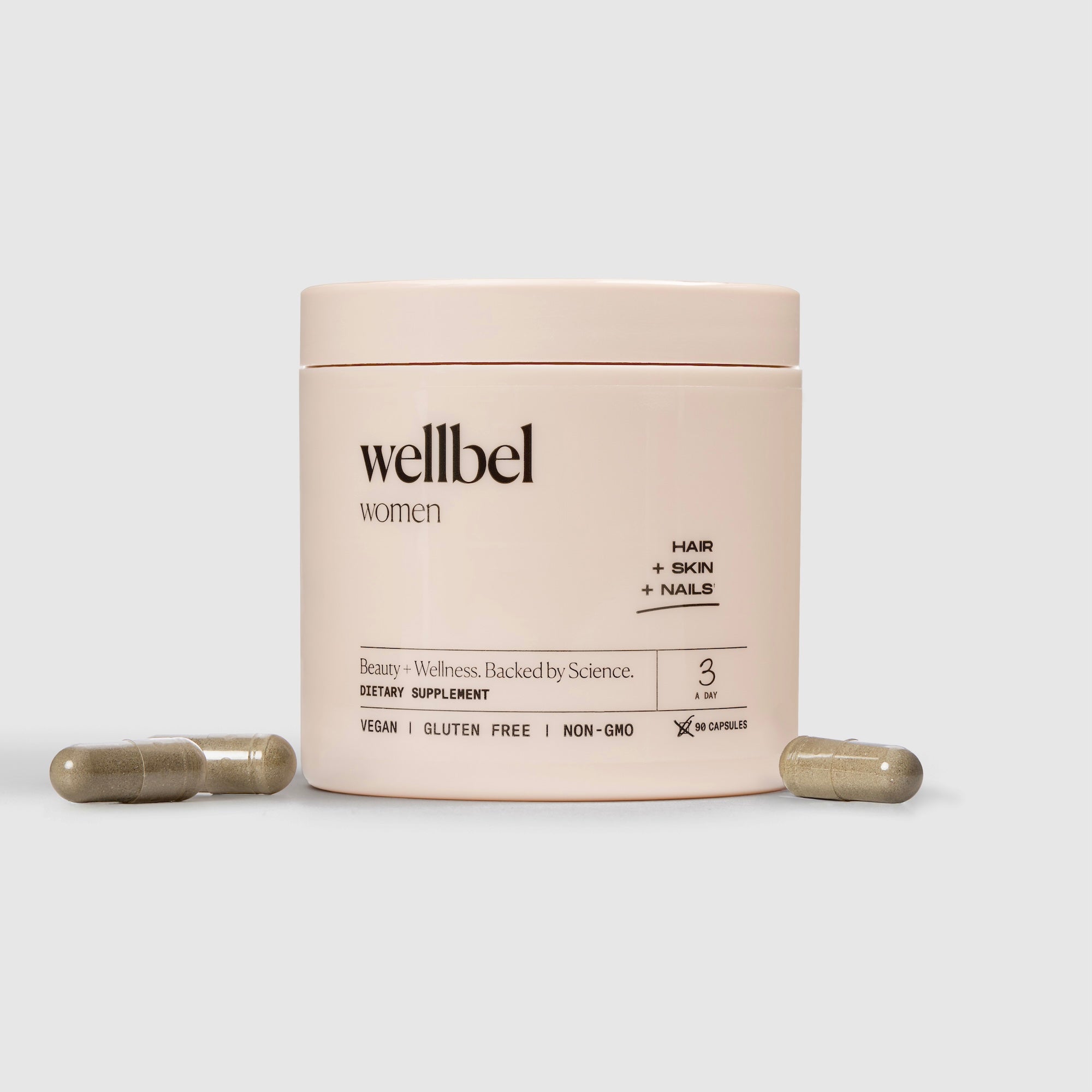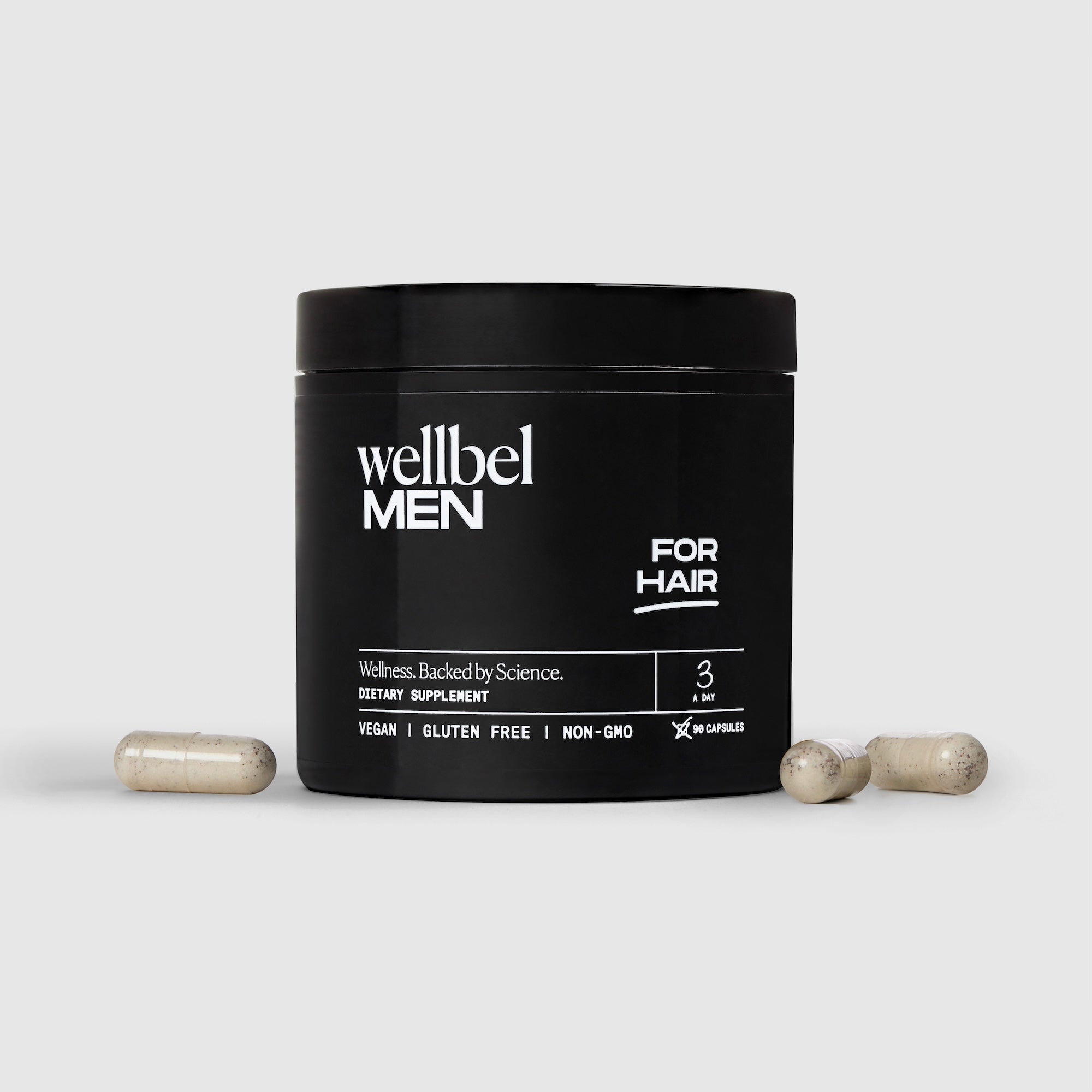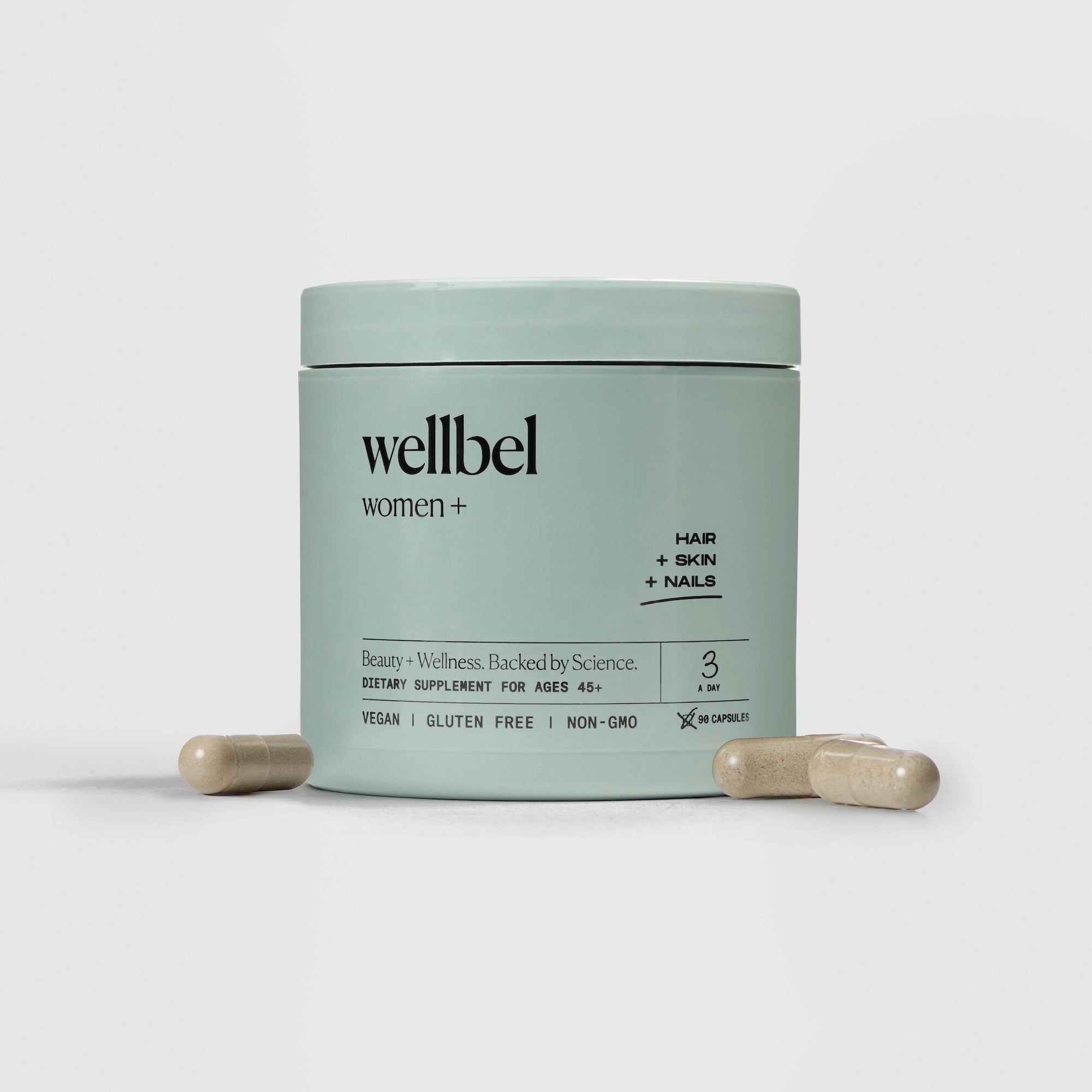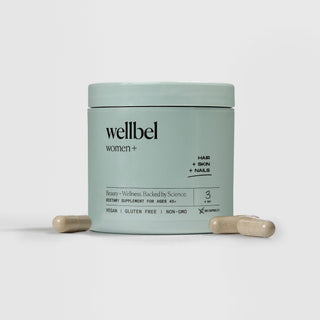Noticing more hair in your brush or in the shower drain?
Does your part seem wider or ponytail seem thinner than it used to be? If so you are one of millions of men and women suffering from hair loss.
As a dermatologist, I notice hair thinning in so many of my patients and many don’t mention it. Why? It can feel personal, even emotional, even embarrassing.
Some people don’t realize that:
-
Hair thinning is NOT a diagnosis that should just be accepted as part of the aging process
-
It can be easily treated successfully in most patients
Let’s break it down.
1. Hormones are often the first culprit.
Life transitions like postpartum, menopause, or changing medications such as oral contraceptive pills can shift hormone levels and lead to shedding.
In men, DHT—a form of testosterone—can shrink follicles over time.
In women, estrogen typically plays a protective role in hair growth, so a drop in estrogen can disrupt the hair cycle, leading to hair shedding.
2. Aging plays a role.
It’s natural for hair to get finer with age. Follicles produce thinner strands and sometimes take longer to grow back. Certain conditions become more common with aging such as androgenic alopecia in both men and women.
I always tell my patients however, that this does not mean hair loss with age is normal and should be accepted. Treatments exist to combat all factors contributing to hair loss—even the aging process.
3. Nutrition matters more than you think.
Hair is one of the first areas hit by low nutrient levels. Deficiencies in biotin, iron, selenium, zinc, and B vitamins can quietly impact your hair’s strength and growth rate.
Ferritin (stored iron) in particular is often overlooked, but is critical for healthy hair follicles.
4. Stress can throw things off.
Big life events or ongoing stress can cause hair to shed a few months later. This diagnosis is called telogen effluvium, and while it’s temporary, it’s frustrating.
The good news? With the right support, it usually reverses.
5. Daily habits add up.
Heat styling, bleach, and tight hairstyles can lead to breakage that mimics thinning. Your strands are resilient—but they need care both inside and out.
Helpful habits include:
-
Looser hairstyles
-
Reduction of hot tool use
-
Protecting hair when sleeping
These are key steps a hair loss patient can take to combat further damage.
6. Scalp health is often overlooked.
A healthy scalp creates the environment for optimal hair growth. Conditions like dandruff, psoriasis, or buildup from styling products can inflame the scalp and clog follicles, slowing down hair regeneration.
Gentle exfoliation and proper cleansing matter more than you think.
I find patients are afraid to wash their hair when it is thinning, worried that more hair will fall out.
Cleansing the scalp daily to every other day will not cause loss and, in fact, is an instrumental part of any hair loss plan.
7. Genetics still matter.
Some hair thinning patterns are hereditary—and while you can't change your DNA, understanding your genetic predisposition allows you to take earlier action.
Treatments like supplements, lifestyle changes, and topical support can help slow progression and strengthen what's there.
What you can do: support your hair from within.
Topicals can help temporarily, but real hair health starts deeper.
That’s why the foundation of any hair growth plan, no matter the type of alopecia or cause, is Wellbel Hair Supplements—formulated by Dr. Dan Yadegar, a Harvard-trained, triple board-certified physician.
These supplements are clean, vegan, and designed to nourish your hair at the root.
They contain ingredients like:
-
Biotin
-
Methylated B12
-
MSM
-
Saw palmetto
-
Selenium
All chosen for bioavailability and effectiveness.
Consistent use = real results.
Most people notice less shedding and better texture within a few months.
Over time, stronger, healthier growth follows.
Bottom line:
Hair thinning is common, and you shouldn’t be embarrassed or discouraged, nor should you accept it. With the right support, your hair can bounce back.
If you’re looking for a smart, science-backed way to care for your hair from the inside out, Wellbel is a great place to start.
Always consult with a healthcare provider or dermatologist to rule out underlying issues—which can also impact hair health.

